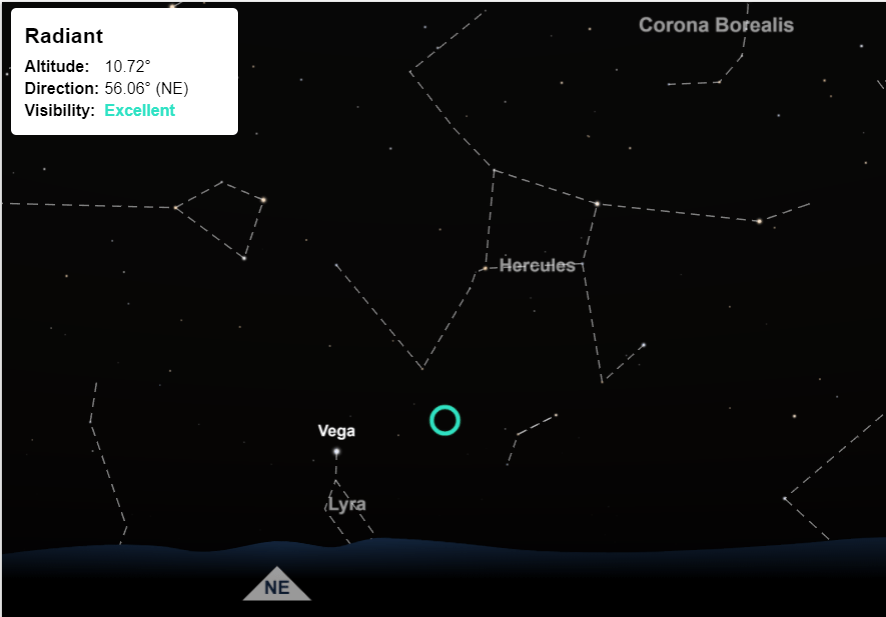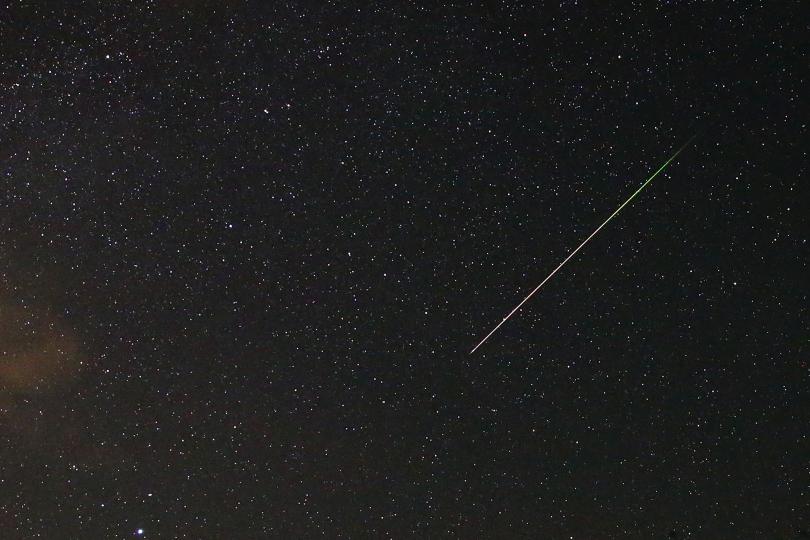May 2020 Sky
- Posted by OCastronomy
- On May 1, 2020
- 0 Comments
- Antares, Beehive cluster M44, Castor, Eta Aquarid meteor shower, Jupiter, Mars, Mercury, Mercury at superior conjunction, Pollux, Regulus, Saturn, Spica, Venus
May 2020 Sky
| 2 | Moon near Regulus (evening sky) at 6h UT. • Regulus (Wikipedia) |
| 4 | Mercury at superior conjunction with the Sun at 21h UT. The elusive planet passes into the evening sky. |
| 5 | Eta Aquarid meteor shower peaks at 21h UT. Most active for 7 days around this date. Associated with Comet Halley. Very fast, bright meteors, up to 40 per hour. Favors skywatchers in the tropics and southern hemisphere observing a few hours before dawn. Moonlight interferes this year. • Eta Aquariids (Wikipedia) • 2020 Meteor Shower Calendar (PDF) (IMO) |
| 5 | Moon near Spica (evening sky) at 23h UT. • Spica (Wikipedia) |
| 6 | Moon at perigee (closest to Earth) at 2:56 UT (distance 359,654 km; angular size 33.2′). |
| 7 | Full Moon at 10:44 UT. |
| 9 | Moon near Antares (morning sky) at 1h UT. • Antares (Wikipedia) |
| 12 | Moon near Jupiter (morning sky) at 11h UT. Mag. −2.4. • Jupiter (Wikipedia) |
| 12 | Moon, Jupiter and Saturn within a circle of diam. 4.7° (morning sky) at 14h UT. Mags. −2.4 and 0.5. |
| 12 | Moon near Saturn (morning sky) at 20h UT. Mag. 0.5. • Saturn (Wikipedia) |
| 14 | Last Quarter Moon at 14:02 UT. |
| 15 | Moon near Mars (morning sky) at 5h UT. Mag. 0.2. • Mars (Wikipedia) |
| 18 | Jupiter 4.7° WSW of Saturn (morning sky) at 6h UT. Mags. −2.5 and 0.6. |
| 18 | Moon at apogee (farthest from Earth) at 8h UT (distance 405,583 km; angular size 29.5′). |
| 22 | Mercury 0.9° SE of Venus (19° from Sun, evening sky) at 10h UT. Mags. −0.6 and −4.2. |
| 22 | New Moon at 17:39 UT. Start of lunation 1205. |
| 24 | Moon, Mercury and Venus within a circle of diam. 4.4° (18° from Sun, evening sky) at 6h UT. Mags. −0.4 and −4.2. |
| 24 | Moon near Mercury (20° from Sun, evening sky) at 13h UT. Mag. −0.4. • Mercury (Wikipedia) |
| 26 | Moon near Castor (evening sky) at 15h UT. |
| 26 | Moon near Pollux (evening sky) at 20h UT. |
| 27 | Moon near Beehive cluster M44 (evening sky) at 21h UT. • Beehive Cluster (Wikipedia) • M44: The Beehive Cluster (APOD) |
| 29 | Moon near Regulus (evening sky) at 12h UT. |
| 30 | First Quarter Moon at 3:29 UT. |
| May 2020 Sky All times Universal Time (UT). | |



0 Comments